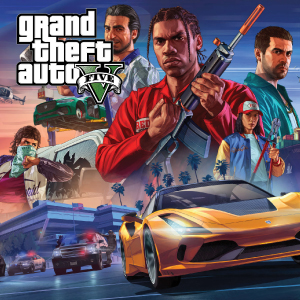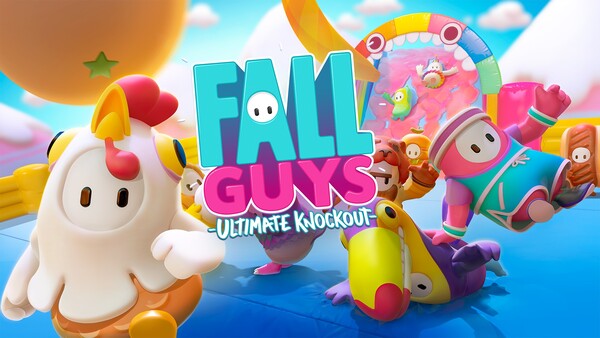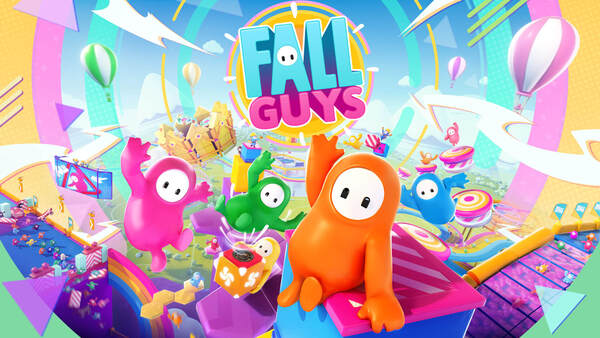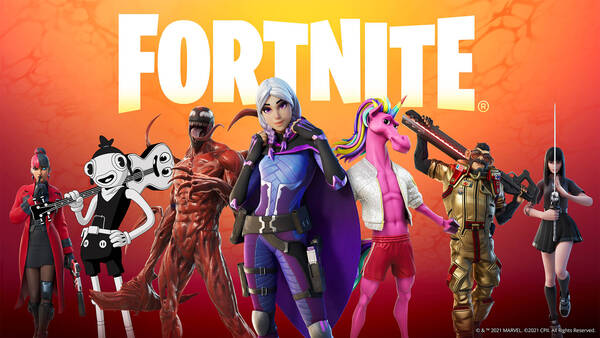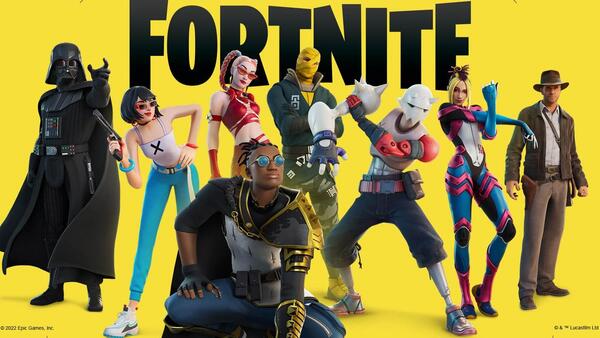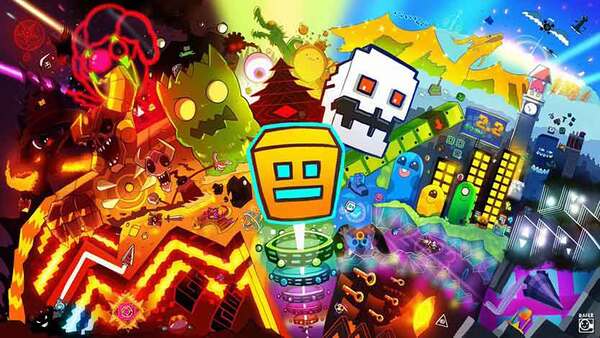Call of Duty – From WWII to Battle Royale: A Definitive Journey Through the FPS Icon
Few franchises have defined—and redefined—the first‑person shooter (FPS) genre like Call of Duty (CoD).
What started as a grounded World War II shooter became a global blockbuster spanning modern warfare, futuristic combat, zombies, and even mobile battle royale.
This article takes you deep into CoD’s evolution, its gameplay DNA, cultural impact, why it remains divisive—and why it still dominates the charts after two decades.
1. Origins: Birth of a Modern Classic (2003–2007)
The First Call
Released in 2003 by Infinity Ward.
Focused on cinematic WWII battles inspired by Saving Private Ryan and Band of Brothers.
Introduced the “AI squad” system—making players feel part of a larger war effort.
Early Expansions
Call of Duty: United Offensive and console spin‑offs kept momentum.
Multiplayer, though basic, started to gain loyal fans.
The franchise’s DNA was set: intense set‑pieces, immersive sound, and historical detail.
2. Modern Warfare: Changing the Game (2007–2011)
The Modern Leap
Call of Duty 4: Modern Warfare (2007) moved to fictional present‑day conflict.
Fast‑paced multiplayer with killstreaks, perks, and weapon attachments.
Story tackled controversial themes (e.g., nuclear detonation scene).
Global Obsession
Modern Warfare 2 and 3 built on this, adding Spec Ops co‑op and larger campaigns.
No Russian mission sparked debates about violence in games.
Modern Warfare set a template many shooters tried—and failed—to copy.
3. Black Ops & Cold War Intrigue (2010–2015)
Mind Games and Conspiracies
Call of Duty: Black Ops focused on CIA black operations in the 1960s.
Introduced complex narratives: unreliable memories, brainwashing.
Multiplayer Innovation
“Pick 10” loadout system added deeper customization.
Iconic maps: Nuketown, Firing Range.
Expanded Zombies mode became a cultural phenomenon.
Black Ops became its own sub‑franchise, beloved by millions.
4. Futuristic Experiments & Backlash (2014–2018)
Boost Jumps and Sci‑Fi Guns
Advanced Warfare, Infinite Warfare, and Black Ops III pushed into near/far future.
Exosuits, wall‑running, laser weapons.
Community Divide
Some praised innovation; others missed “boots on the ground.”
Infinite Warfare trailer became one of YouTube’s most disliked.
This era showed how hard balancing innovation and nostalgia can be.
5. Return to Roots & Warzone (2017–2020)
Back to WWII
Call of Duty: WWII (2017) re‑grounded the series in historical combat.
Focus on classic weapons and slower gameplay.
Battle Royale Revolution
Warzone launched in 2020, free‑to‑play.
Cross‑platform play, 150‑player lobbies, loadouts, and Gulag system.
Warzone attracted millions, making CoD relevant to a new generation.
6. Multiplayer: Fast, Addictive, Competitive
Core Formula
Tight aiming and recoil.
“Time‑to‑kill” (TTK) shorter than rivals like Halo.
Game modes: Team Deathmatch, Domination, Search & Destroy.
Progression & Rewards
Prestige system: reset level to unlock emblems.
Battle Pass since Modern Warfare (2019): cosmetics, XP boosts.
The loop of unlocks keeps players grinding season after season.
7. Campaigns & Characters: More Than Just Shooting
Memorable Heroes
Soap, Captain Price, Ghost, Alex Mason.
Catchphrases and character arcs built fandom.
Cinematic Storytelling
Set‑pieces: AC‑130 mission, underwater infiltration, space combat.
Topics: terrorism, geopolitics, moral ambiguity.
Campaigns often criticized as short—but praised for intensity.
8. Cultural Impact & Esports
Beyond Games
Merch, comics, novels.
Influenced how shooters do audio, motion capture, and cinematic design.
Competitive Scene
Call of Duty League (CDL): city‑based teams, millions in prizes.
Streamers and YouTubers built careers on CoD content.
Few games create memes, music parodies, and viral clips like CoD.
9. Pros & Cons: An Honest Look
Pros
Tight, responsive gunplay.
Variety: WWII, modern, future, battle royale.
Massive player base; quick matchmaking.
Polished production values and iconic sound design.
Cons
Annual releases can feel repetitive.
Short campaigns .
Microtransactions and aggressive monetization.
Some titles launched buggy .
Yet millions accept these flaws for the fun.
10. What’s Next: The Future of Call of Duty
Unified Engine
New titles built on a shared engine to reduce bugs and improve updates.
Expansions & Spin‑Offs
Warzone 2.0, rumored standalone Zombies projects.
Possible new historical settings or brand‑new fictional conflicts.
CoD must keep evolving without losing its soul.
Conclusion: Why Call of Duty Still Rules the FPS World
Love it or hate it, Call of Duty shaped modern shooters: cinematic campaigns, addictive multiplayer, and yearly cultural moments.
From WWII trenches to sci‑fi planets, from classic Prestige to free‑to‑play Warzone, it has redefined what a blockbuster shooter can be.
Even after two decades, CoD remains more than a game—it’s a global gaming ritual millions return to every year.





















